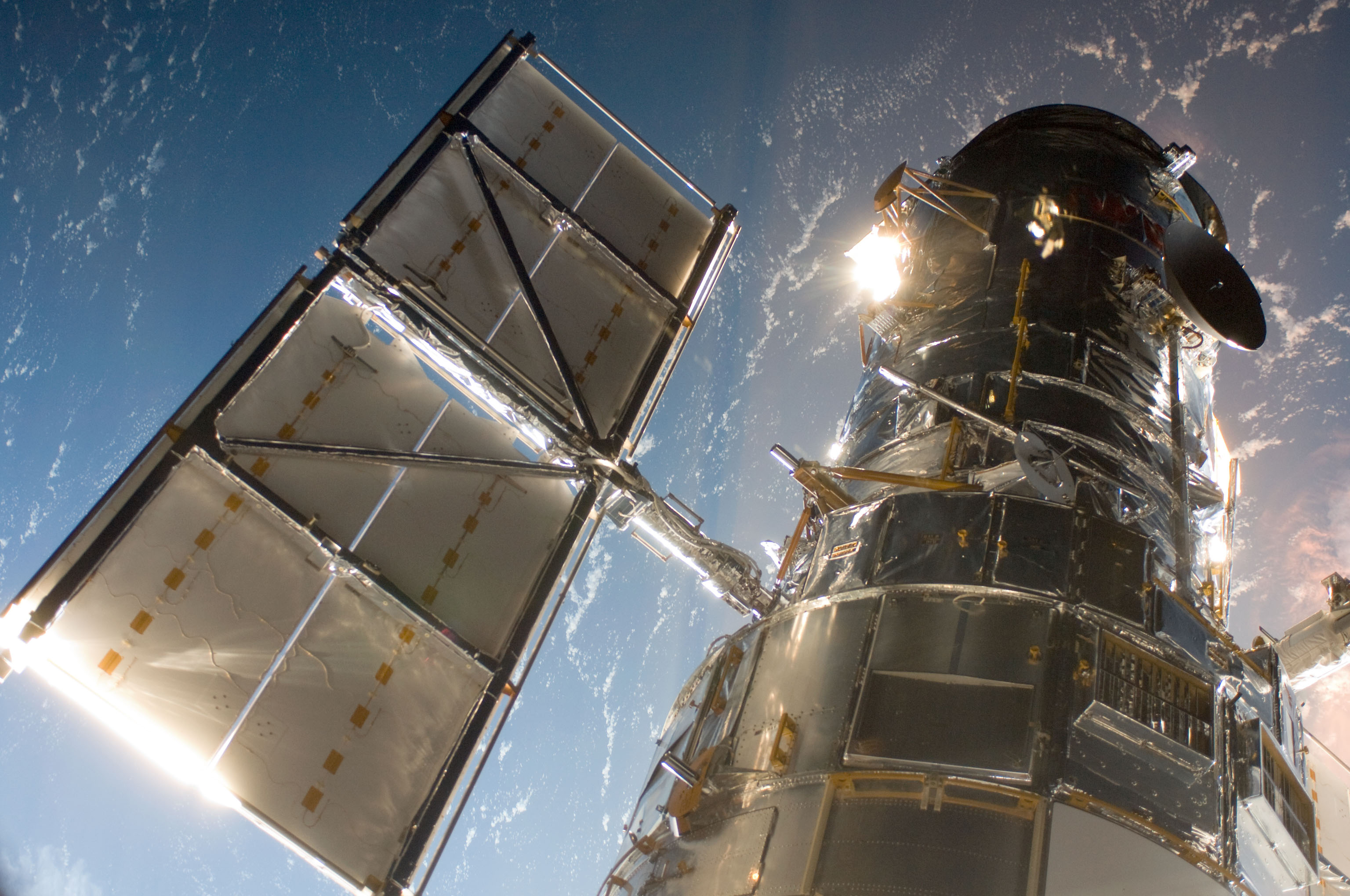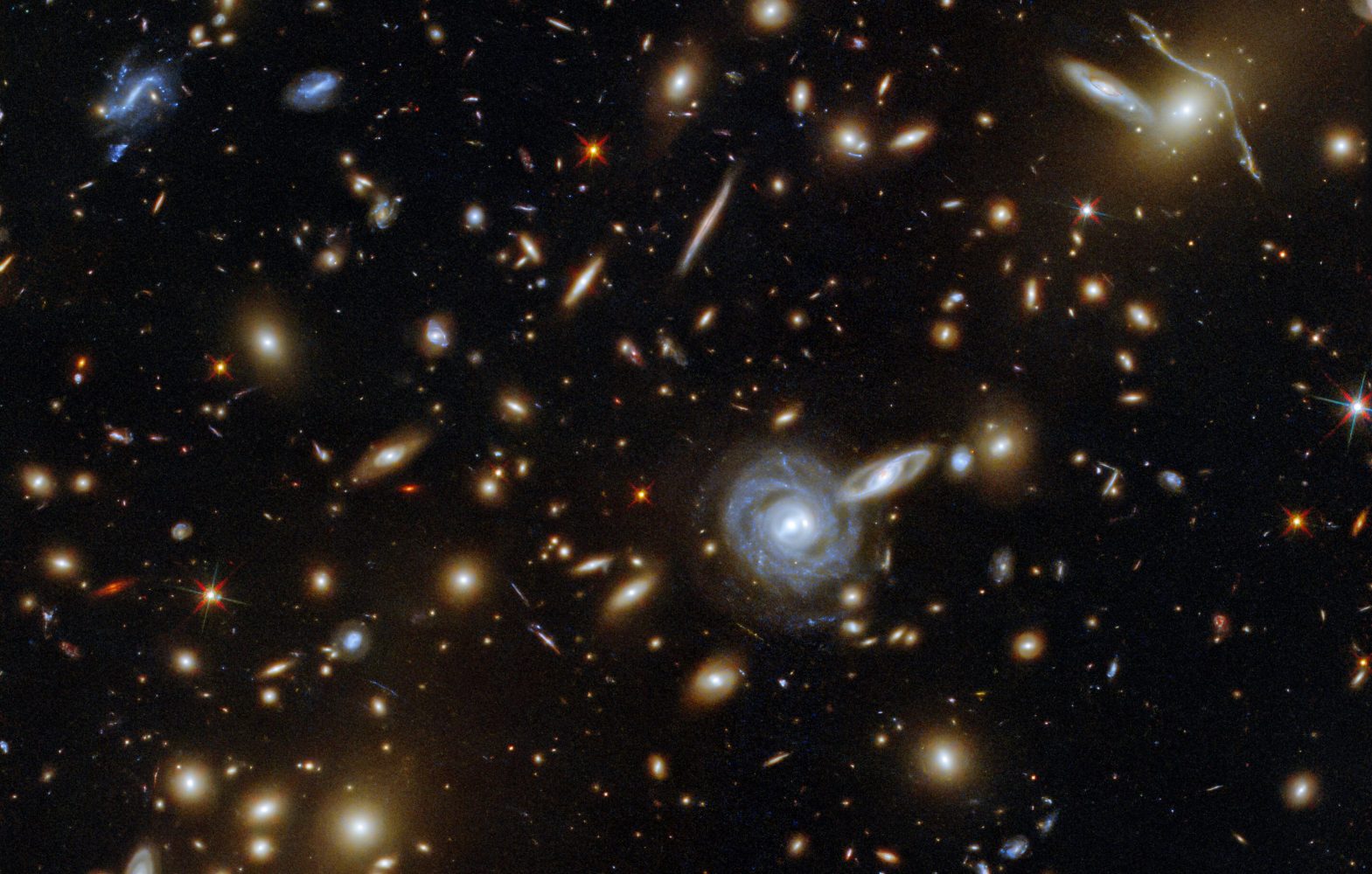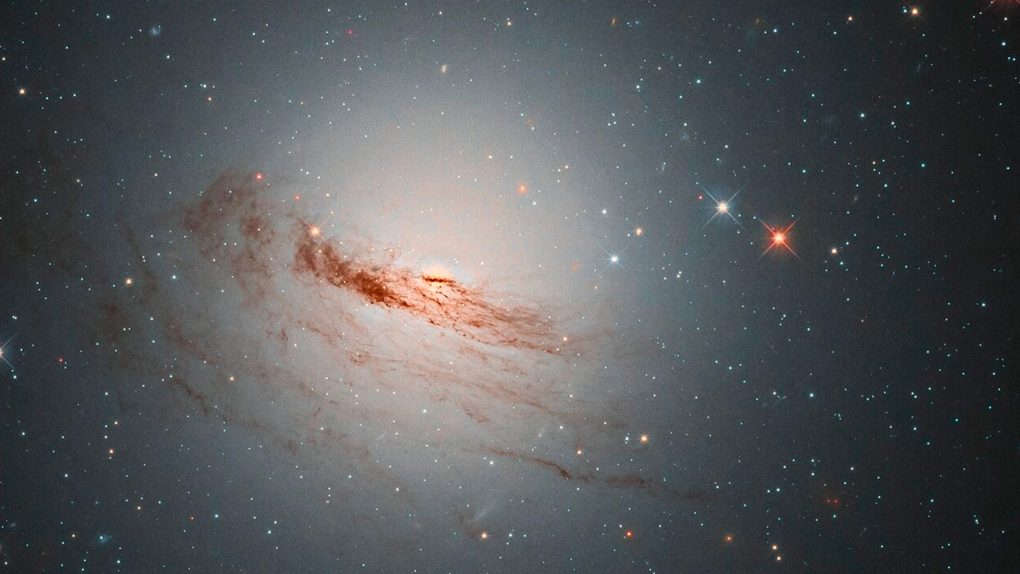The nearly 30-year-old Hubble Space telescope continues to deliver outstanding data to astronomers. Now, NASA says that data Hubble has been gathering over the years could challenge what we thought we knew about our universe’s expansion rate.
Hubble keeps throwing wrenches in what we know about the universe’s expansion rate

Since its launch in 1990, NASA’s Hubble Space Telescope has been making history. Named after Edwin P. Hubble, NASA’s iconic spacecraft was designed to explore the universe. Part of its mission has been focused on learning more about our universe’s expansion rate.
Over the years, astronomers have used telescopes like Hubble to try to learn more about how quickly our universe is expanding. It’s been an ongoing mission and one that Hubble has unlocked key information about. However, the data Hubble has captured continues to challenge what we know about how fast the universe is expanding.
NASA says that there appears to be a key discrepancy in the universe’s rate of expansion around us compared to observations of the early universe right after the Big Bang.
It is an interesting dilemma, and it has scientists a bit baffled. As such, NASA has summed it up mostly as “something weird” going on in the universe.
How fast is the universe expanding?

That’s really what NASA is trying to figure out. If we can understand the universe’s expansion rate, it will allow us to more properly understand how some celestial objects evolve and come to be. As such, part of Hubble’s mission has been creating milepost markers of the universe’s expansion.
To date, the 30-year-old space telescope has created 40 milepost markers. This, NASA says, allows for the most precise measure of how fast space has expanded since the Big Bang.
The hunt for this measurement really began in the 1920s, with Edwin P. Hubble and Georges Lemaître. With it, astronomers could more precisely determine a timeline of the universe’s growth.
This would allow us to properly measure how long the universe has existed. But getting that answer appears to be a bit more complex than scientists suspected. Especially with these new results.
Hubble’s data shows that the universe’s expansion rate is around 73 kilometers per second per megaparsec. However, models predicted it would be approximately 67.5 kilometers per second per megaparsec.
It isn’t a massive difference at face value. However, it may continue to confound scientists for some time.








